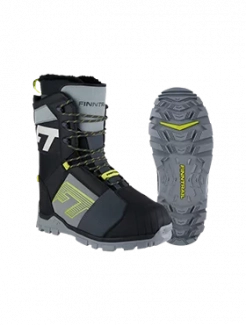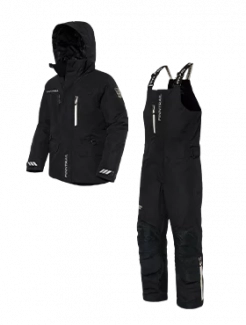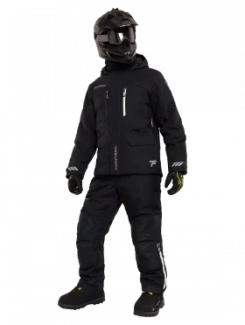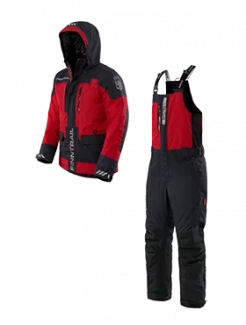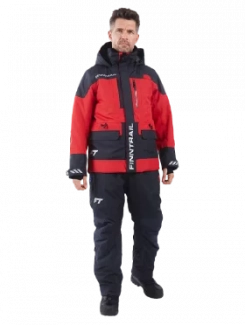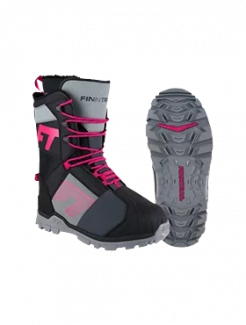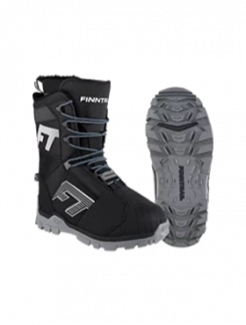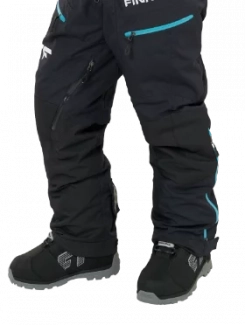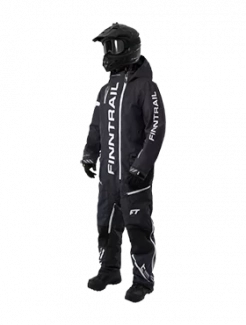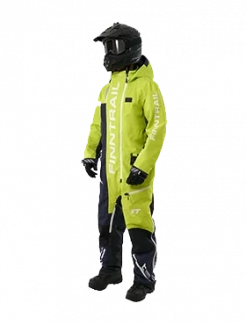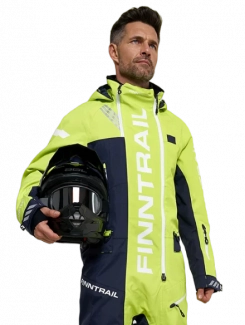How to Choose the Right Snowmobile for You
Snowmobiling is more than just a winter hobby — it’s an adventure that combines speed, nature, and the thrill of exploring snowy trails. But before you hit the throttle, you need the right machine. Choosing a snowmobile isn’t just about picking a model that looks cool. It’s about finding the sled that matches your riding style, terrain, and skill level. In this guide, we’ll break down how to choose a snowmobile and what factors matter most.
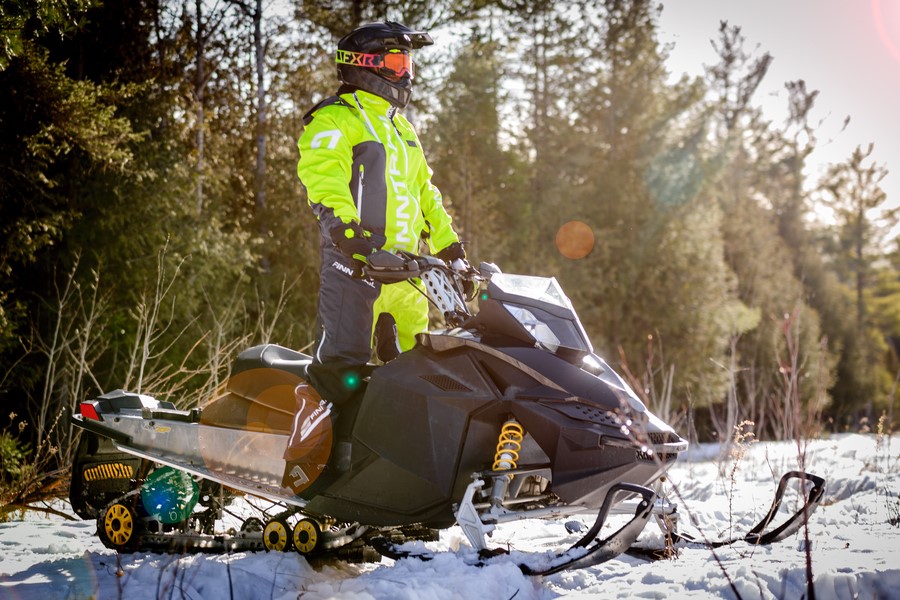
Why Choosing the Right Snowmobile Matters
Snowmobiles are designed for different purposes: some are built for speed, others for deep powder, while some are ideal for touring long distances. Picking the wrong type can turn your ride into frustrating instead of fun. The right snowmobile, however, will feel comfortable, powerful enough for your adventures, and safe to handle in the conditions you’ll face.
When you’re learning how to choose the right snowmobile, think of it like buying a car: you wouldn’t pick a sports car for farm work, and you wouldn’t take a pickup truck to a race track. Snowmobiles work the same way.
Step 1: Define Your Riding Style
The first step in choosing a snowmobile is knowing how you plan to ride:
-
Trail Riding: if you enjoy groomed paths and speed, trail snowmobiles are lightweight, agile, and built for comfort over long distances.
-
Mountain Riding: for deep powder and steep climbs, mountain sleds feature longer tracks, narrower bodies, and powerful engines designed to float on snow and handle sharp ascents.
-
Crossover Models: can’t decide between trails and off-trail adventures? Crossover snowmobiles are versatile, combining the best of both worlds.
-
Utility Snowmobiles: these are built for work. They’re heavier, stronger, and perfect if you need to haul gear, tow, or cover rough ground.
-
Touring Snowmobiles: made for comfort and long rides, often with two seats, extra storage, and smooth suspension.
Step 2: Consider Engine Size and Power
Snowmobiles come with different engine displacements, usually ranging from 400cc to over 1000cc. The bigger the engine, the more power you’ll have — but more power isn’t always better.
-
Beginners should stick to smaller engines (400cc–600cc). They’re easier to handle and safer while learning.
-
Experienced riders or those planning to tackle mountains and powder may want 600cc–850cc engines for stronger performance.
-
High-performance sleds with 900cc+ engines are best for adrenaline-seekers who already know how to control a powerful machine.
If you’re unsure how to choose the right snowmobile engine, think about your riding skills and goals. It’s better to grow into your sled than to feel overwhelmed from day one.
Step 3: Track Length and Width
Tracks are what keep you moving on snow, and their size makes a big difference:
-
Short tracks (120–137 inches): great for groomed trails, offering speed and agility.
-
Long tracks (141–165+ inches): designed for deep snow and off-trail riding, giving more flotation and traction.
-
Wide tracks: offer extra grip, ideal for utility sleds or heavy-duty use.
When choosing a snowmobile, match the track length to your terrain. Trail riders don’t need massive tracks, while mountain riders rely on them.
Step 4: Suspension and Comfort
Don’t underestimate suspension. A good suspension system absorbs bumps and keeps you comfortable during long rides. Touring models usually have the most advanced suspension, while performance sleds focus more on responsiveness. If you plan on spending hours on your sled, comfort should be a top priority.
Step 5: Weight and Handling
Lightweight snowmobiles are easier to maneuver, especially for beginners or mountain riders who need agility. Heavier sleds are more stable, making them better for utility work or carrying passengers.
Step 6: New vs. Used Snowmobiles
If you’re learning how to choose a snowmobile on a budget, the new vs. used debate is important.
-
New snowmobiles: come with warranties, modern technology, and reliability. Perfect if you want peace of mind.
-
Used snowmobiles: cost less but require careful inspection. Check mileage, track condition, suspension, and engine before buying.
A well-maintained used sled can be a smart entry point for beginners.
Step 7: Extra Features to Look For
Modern snowmobiles come with features that make riding more enjoyable:
-
Electric start for easy ignition.
-
Reverse gear for maneuvering in tight spots.
-
Heated grips and seats for extra comfort in cold weather.
-
Storage space for long rides or utility work.
-
Advanced displays showing speed, GPS, and ride data.
While not essential, these extras can improve your riding experience and help you choose the right snowmobile for your lifestyle.
Step 8: Safety and Gear
No matter how much research you do on choosing a snowmobile, don’t forget safety. Always wear a DOT-approved helmet, goggles, and insulated, waterproof gear. Many accidents happen not because of the sled, but because riders skip proper safety equipment.
Step 9: Test Before You Buy
If possible, rent or test ride before making a purchase. Nothing tells you how to choose the right snowmobile better than firsthand experience.
Final Thoughts: How to Choose a Snowmobile That Fits You
Choosing a snowmobile is about balance. Pick a model that matches your terrain and riding style, and you’ll enjoy seasons of adventure without frustration. Whether you’re carving groomed trails, climbing steep slopes, or working in snowy fields, the right sled will make every ride unforgettable.

